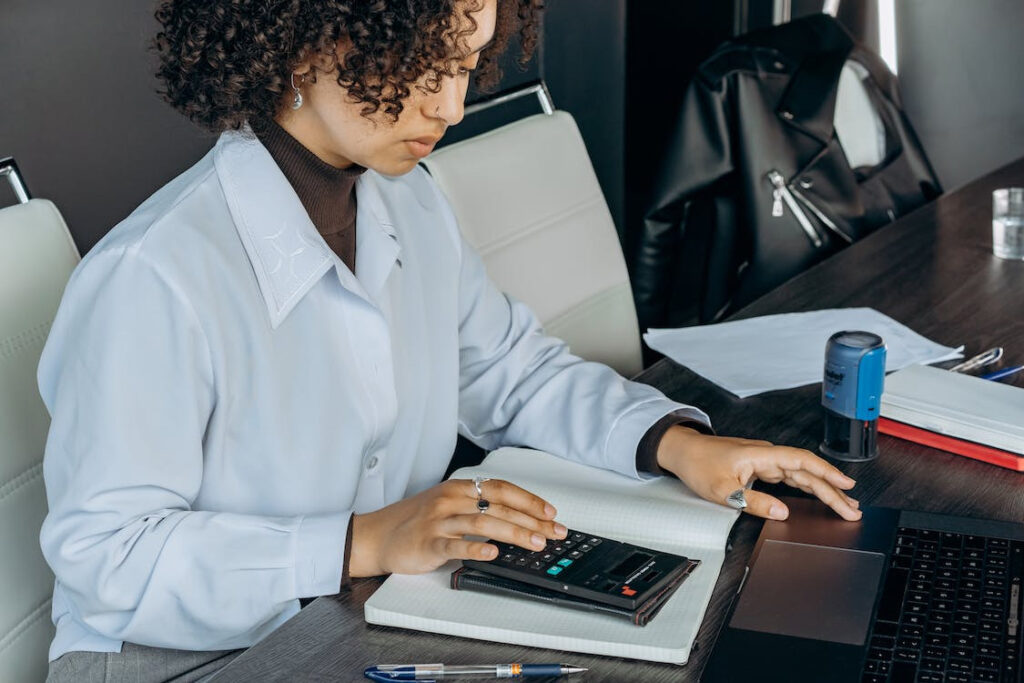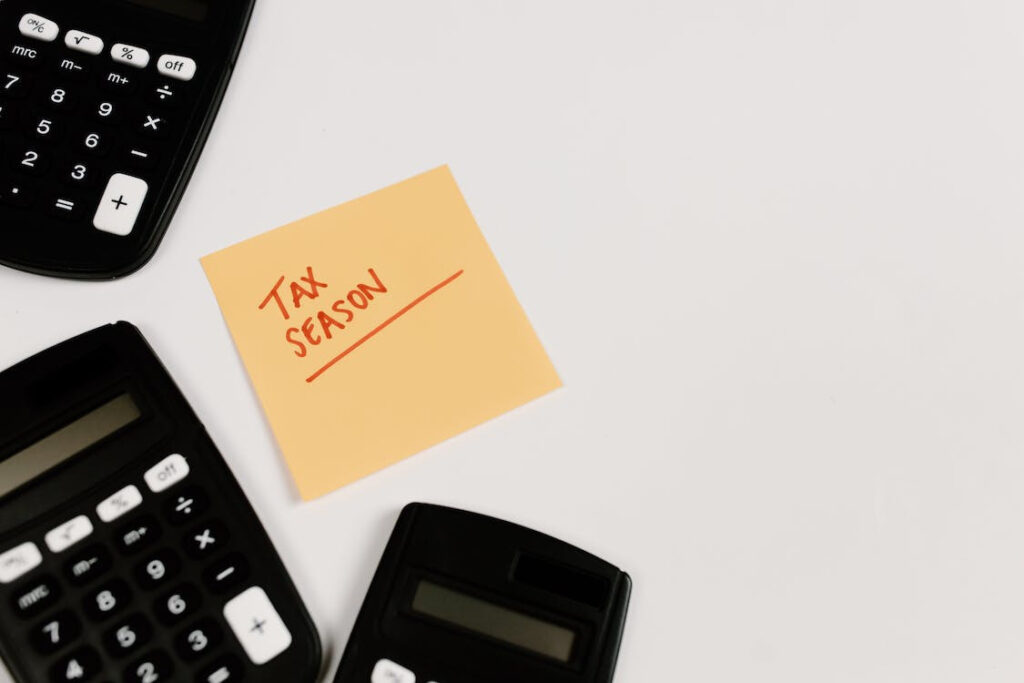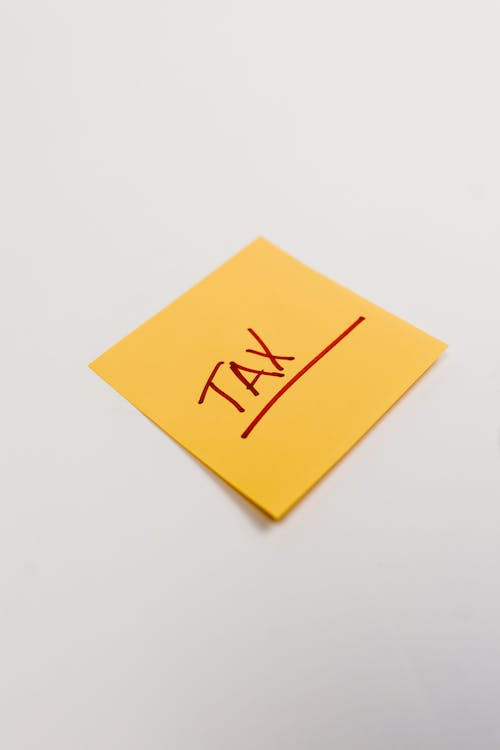Change is inevitable in every industry, including the UK’s tax-paying system. With new technologies and innovative methods on the horizon, people are looking for ways to adapt and include these innovations into their lives. This is what making tax digital (MTD) means.
It strives to restructure the existing tax system in the UK, allowing people to reap the benefits of these technologies. However, adapting to change is never easy, especially when it comes to a system that has been around for such a long time. You will need reliable tax advisors like the ones at IBISS & CO. to help you get started.
Nevertheless, making tax digital or MTD is here to stay and rule. This is why businesses and individuals need to understand the process and learn more about this system. Making tax digital is a promising initiative that is all set to change the outlook of the tax system in the UK. Not only will it save time, but it will also enhance efficiency. However, the making tax digital initiative is still a pretty novel concept.
Not many people know what the system means or how it differs from the existing tax system in the UK. Some may even find it perplexing and steer clear of it. Thus, if you are one of those people, you have come to the right place. This post will serve as a guide to making tax digital (MTD), explaining everything you need to know about the process. Keep reading to learn more.

What is Making Tax Digital (MTD)?
Making tax digital is one of the latest initiatives taken by the HM Revenue and Customs commonly referred to as HMRC. They plan to transform the tax system in the UK and move it online. Just like adopting the digital system in other areas of life, like moving from paper-based records to computerised records, the making tax digital system aims to shift the tax system in the UK online.
Since April 2021, businesses in the UK are required to maintain digital records of their transactions using ‘functional compatible software’, which can directly connect to HMRC.
This means that the HM Revenue and Customs system will only accept VAT returns that have been submitted using making tax digital (MTD) compliant software. Hence, all tax submissions will be made electronically, and the records will also be maintained in an online system.

Making Tax Digital: The Change Timeline
The shift from a regular tax returns system to a digital tax return system is drastic, to say the least. Many businesses and individuals might have a hard time understanding the changes that have been implemented now that they need to use the making tax digital system to file their tax returns. Here is a timeline to help you understand better.
April 2018: Pilot testing for MTD begins.
April 2019: All businesses with a turnover of more than the VAT threshold of £85,000 are needed to maintain digital records.
April 2020: HMRC expands the scope of MTD, with rules applying to sole traders and partnership businesses with annual income between £10,000 and £85,000.
April 2021: Making tax digital (MTD) rules apply to all businesses in the UK with a VAT taxable turnover beyond the £85,000 threshold. The choice to file VAT returns is removed from the official website of the HMRC.
April 2022: All Vat-registered businesses, regardless of their VAT taxable turnover, are subject to the making tax digital (MTD) rules. Businesses are required to utilise MTD-compliant software, which can directly connect with HMRC to file VAT returns.
November 2022: The existing VAT portal was closed. All VAT-registered businesses won’t be able to submit VAT returns through their online VAT account.
April 2026: Making tax digital (MTD) for all Income Tax needs applies to all landlords and self-employed businesses with a yearly property or business income of more than £50,000.
April 2027: Making tax digital (MTD) for all Income Tax needs applies to all landlords and self-employed businesses with a yearly property or business income of more than £30,000.
However, simply submitting VAT returns online is not enough to make you MTD compliant. You are required to sign up for MTD before filing your returns.
Making Tax Digital: Who Does it Affect?
Making tax digital is a ground-breaking initiative taken by the government to transform the tax filing systems in the UK. It encourages transparency and minimises the chances of error or miscalculation. However, some of you might be unsure about who this change affects mostly.
From April 2022, all VAT-registered businesses have been affected by the rules and changes brought forward by the making tax digital initiative. All of them need to sign up for MTD, no matter what their annual turnover is.
This means that if your business is VAT registered, you are subject to all MTD rules. You are required to start using MTD-compliant software and file your VAT returns online.
Submitting Tax Online vs. Being MTD Compliant: What’s the Difference?
There is a difference between filing your tax returns online and being MTD compliant. Just because you submit your taxes online does not necessarily mean you are considered MTD compliant.
You will need to register for making tax digital (MTD) for filing VAT returns on the official government website. Next, you will need to use MTD-compliant software that directly connects to the HMRC.

How to Sign Up for Making Tax Digital (MTD)?
All VAT-registered businesses should sign up or register for MTD a week before the tax filing deadline. This will give you sufficient time to go over and get familiar with the system before filing your digital tax returns.
Once you have completed all the signup formalities and submitted all required information correctly, you will receive a confirmation email from HMRC to tell you that your registration has been successful.
Furthermore, you will receive the confirmation email within 72 hours and it will contain your newly made official MTD Government Gateway user ID and password. Next, you will need to turn on your MTD complaint software and connect to HMRC. This process is referred to as authorising.
Things to Do Before Registering for Making Tax Digital (MTD)
Before you sign up for MTD, you need to enzyme you have done these things to avoid any problems later. Check the following things before registering:
Carefully check and make sure you are using the correct VAT scheme and registration number. You can confirm this by going to the account and settings option.
Next, you need to check if you have any unsuccessful or pending VAT returns. If you see a red or amber icon, it means you do have unsuccessful or pending VAT returns.

Things You Will Need for the Registration Process
- Business email address
- Company Government Gateway user ID and password
- Company VAT registration number and latest VAT returns
What Happens After You Have Registered?
Once you have successfully registered, you need to look out for the following things:
- A confirmation email from the HMRC will be sent within 72 hours
- New MTD Government Gateway user ID and password
- Make sure to note down and save your User ID and password as you will need it every 18 months when you reauthorise your MTD-compliant software as this is a part of the GDPR rules
- You won’t be able to utilise your old system and will need to file all your tax returns using your new MTD-compliant software from that point onwards

3 Things You Should Know About Making Tax Digital (MTD)
Now that you know all the basics about MTD, let’s dive into some more complex matters. This part of the spot will discuss some impotent things and features about MTD you need to know to fully understands and reap the benefits of the initiative.
Filing Annual Tax Returns is Now a Thing of the Past
One of the primary features and highlights of the making tax digital (MTD) system is the end of filing annual tax returns. Businesses are no longer required to file a year’s worth of data at the end of every year. Instead, they are required to submit quarterly reports to the HMRC directly. Every time you sign in to file your returns, you will see the calculation done by the HMRC of the tax you owe.
Even though submitting returns every three months means businesses will need to maintain more records and be mindful of deadlines, it is a great thing in terms of maintaining transparency and reducing confusion and errors.
Businesses Will Need to Use MTD-Compliant Software
The entire purpose of MTD is to encourage businesses to go digital and adapt to the changing industry trends. You will need to use software to upload your data to the HMRC interface. If you are already using a computerised system, the transaction should not be very difficult.
However, if you are using a paper-based system, you will need to go digital. Moreover, you can still use spread sheets to maintain data as long as they are MTD-compliant.
Some Organisations are Exempt from MTD
Despite offering many benefits, some businesses are not subject to MTD rules. These include charities, community sports clubs, and conceivably insolvent businesses. Furthermore, some individuals can’t go digital, given their age, religion, or disability.
MTD is rounding up some major changes for the tax system in the UK, which is why businesses must stay updated about all the latest developments. From finding the right MTD-compliant software to maintaining digital records, make sure you cover each aspect of making tax digital. Getting familiar with the digital tax filing system beforehand will help you when the deadline approaches.

Let the Expert Tax Advisors at IBISS & CO. Help!
Now that you know everything about Making Tax Digital (MTD), it is time to get started. If you are having a hard time using the new system and adapting to the changes, the experts at our tax consultancy firm can help. It can be a little challenging to find a reliable tax advisor, but we are the most dependable choice.
IBISS & CO. is your ideal option for all types of business and tax advice. Whether you find yourself in a tax investigation or dispute, you can connect with our tax advisors for expert guidance on all tax-related matters, including Making Tax Digital (MTD). We have some of the best tax accountants in London and Walsall on our team who can guide you in all types of tax issues.
Whether you need help regarding Capital Gains Tax allowances and reliefs, HMRC tax investigation, or other tax areas, our tax advisors are there to assist you every step of the way. Our firm is well-versed in all areas of accountancy and tax planning, helping you find new ways to rightfully reduce the amount of tax you have to pay.
Furthermore, we have more than 25 years of experience in accountancy and tax planning, making us one of the most credible consultancy firms out there. Our loyal client testimonials and referrals are a reflection of our promises to serve and help. Whatever your tax needs are, you can get a free quote right here before you get started.
Get in touch with us today for business consultation and tax advice. Alternatively, you can visit our website to learn more about our tax-related services.




